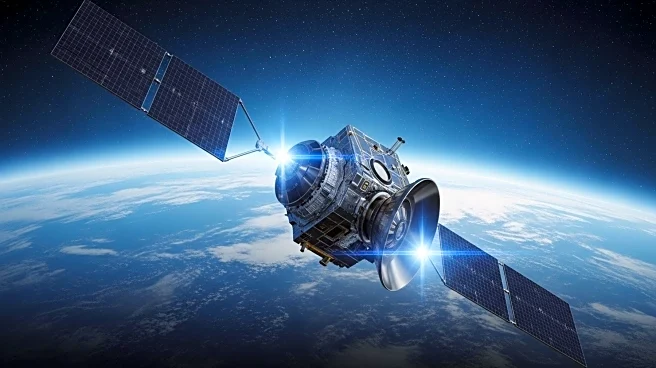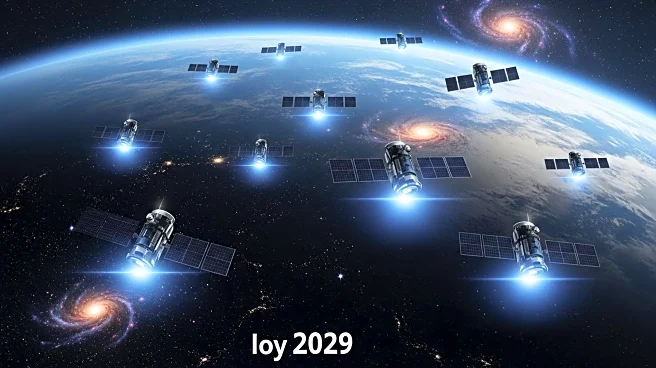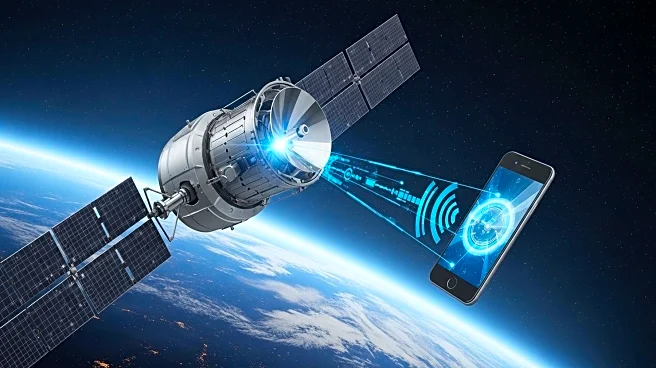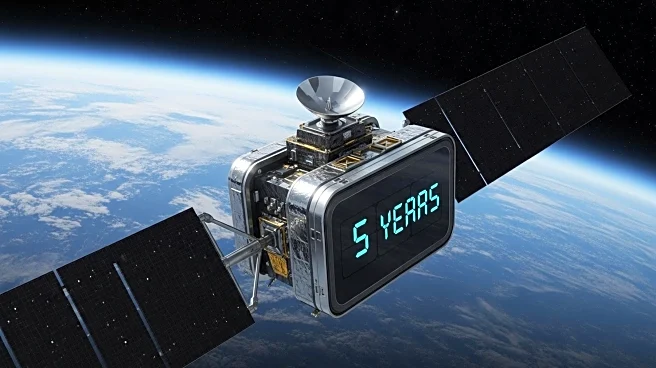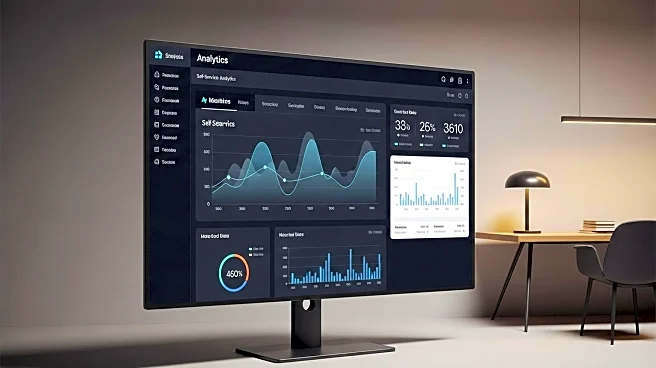What is the story about?
What's Happening?
Satellite IoT is poised for significant growth, with connectivity revenues expected to reach €1.58 billion by 2029. This represents a 36% annual growth rate, driven by the need to connect remote areas lacking terrestrial networks. Satellite IoT complements existing networks, providing coverage in regions where cellular or Wi-Fi is unavailable. Advances in low-Earth orbit nanosatellites and 5G NTN standards are reducing costs, enabling affordable global IoT connectivity. Real-world applications include agriculture, logistics, energy, and maritime sectors, where satellite IoT enhances efficiency and data collection.
Why It's Important?
The expansion of satellite IoT is crucial for bridging connectivity gaps in remote and underserved areas. It offers industries like agriculture and logistics the ability to monitor and manage assets globally, improving operational efficiency and reducing costs. The technology supports environmental monitoring and disaster response, providing critical data from previously unconnected regions. As satellite IoT becomes mainstream, it will drive innovation and competition, lowering prices and expanding access to IoT solutions worldwide.
What's Next?
The satellite IoT market is expected to see increased competition and collaboration among established players and new entrants. Companies will continue to develop hybrid solutions that integrate satellite and terrestrial networks for seamless global coverage. Regulatory support and partnerships with telecom operators will further accelerate adoption. The focus will be on expanding satellite IoT applications in emerging markets, enhancing connectivity for development and economic growth.
AI Generated Content
Do you find this article useful?
